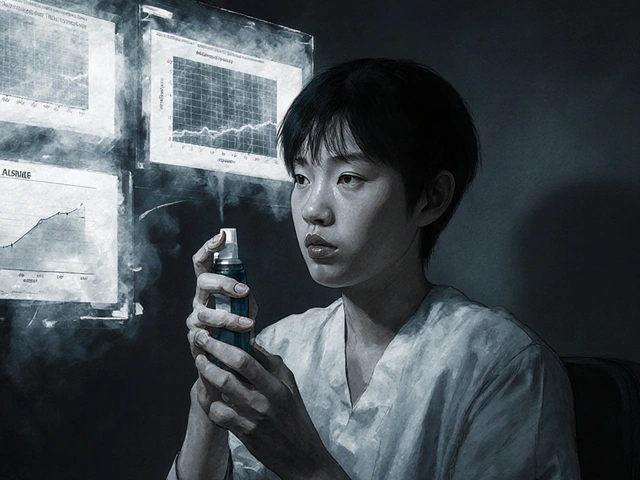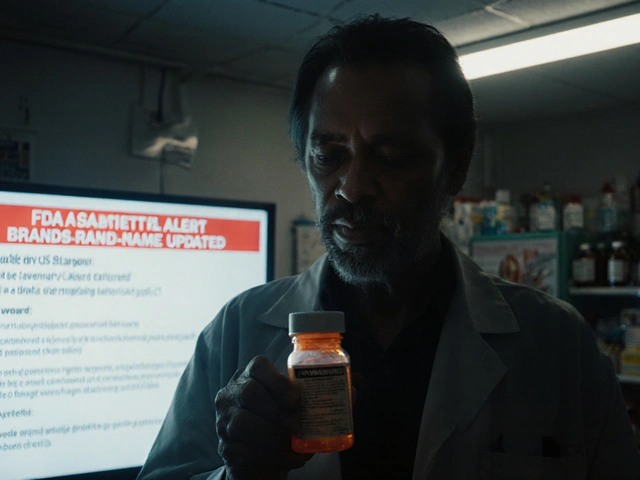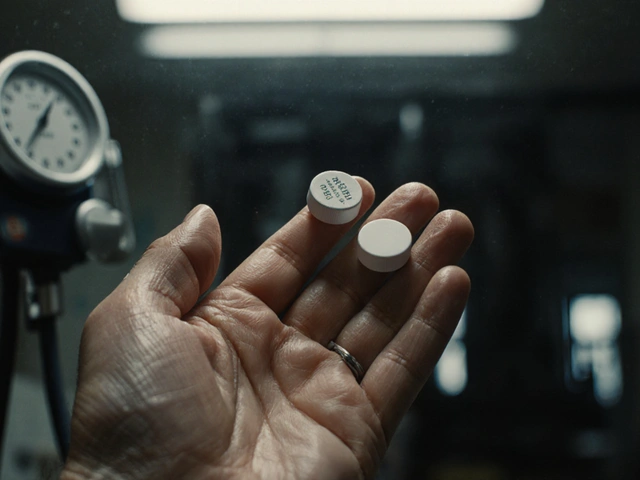Breast Cancer Treatment: What You Need to Know
If you or someone you love has just heard "breast cancer," the first thought is often “what now?” The good news is that doctors have many tools, and most people end up with a plan that fits their situation. Below we break down the common approaches, why they matter, and how to talk to your doctor about what’s best for you.
Main Types of Treatment
Surgery is usually the first step. Whether it’s a lumpectomy (removing just the tumor) or a mastectomy (taking out the whole breast), surgeons aim to get all visible cancer out while keeping as much healthy tissue as possible.
Chemotherapy uses drugs that travel through the blood to kill cells that might have spread. It can be given before surgery (neoadjuvant) to shrink a tumor, or after surgery (adjuvant) to lower the chance of coming back. Common regimens include combinations like doxorubicin and cyclophosphamide.
Radiation therapy targets any remaining cancer cells in the breast area after surgery. It’s a daily walk‑in for about 3–6 weeks, and most people finish without major side effects.
Hormone (endocrine) therapy is for tumors that have estrogen or progesterone receptors. Pills such as tamoxifen or aromatase inhibitors block the hormones that feed the cancer, keeping it from growing again.
Targeted therapy attacks specific molecules on cancer cells. Drugs like trastuzumab work on HER2‑positive tumors and have turned a once aggressive type into a manageable condition for many patients.
Choosing the Right Plan
The exact mix of treatments depends on three things: tumor size, stage, and biology (like hormone‑receptor status). Your doctor will also ask about your age, overall health, and personal preferences. Don’t be shy—ask why a certain drug is recommended, what side effects to expect, and how it fits into daily life.
Side effects are real, but most can be managed. Nausea from chemo often improves with anti‑vomit meds; radiation skin irritation feels like a mild sunburn; hormone pills can cause hot flashes, which doctors can treat.
If you’re worried about cost or travel, ask about generic versions, patient assistance programs, or local infusion centers. Many hospitals have financial counselors who can help you navigate insurance.
Support matters too. Joining a breast cancer support group, whether in‑person or online, gives you a place to share experiences and pick up practical tips on everything from wig care to dealing with fatigue.
Finally, keep track of your follow‑up schedule. Regular scans, blood tests, and doctor visits catch any changes early when they’re easiest to treat.
Remember, breast cancer treatment isn’t one‑size‑fits‑all. By understanding the options and staying active in the conversation with your care team, you give yourself the best chance for a smooth recovery.
Top Nolvadex Alternatives in 2025: Your Guide
Explore a range of alternatives to Nolvadex, ideal for different patient needs in 2025. This article delves into the pros, cons, and unique benefits of various options, helping patients and healthcare providers make informed decisions. Learn about alternatives like Aromasin, each with distinct features and potential side effects. The content includes a comparison table for quick reference, ensuring users have the necessary information at their fingertips.
About
Medications
Latest Posts


New Drug Approvals 2024-2025: What’s Approved and How Safe Are They?
By Orion Kingsworth Nov 19, 2025

FDA Safety Alerts: Understanding Communications About Generic Drug Problems
By Orion Kingsworth Nov 7, 2025

Therapeutic Failures: When a Generic Drug Doesn't Work as Expected
By Orion Kingsworth Nov 17, 2025

